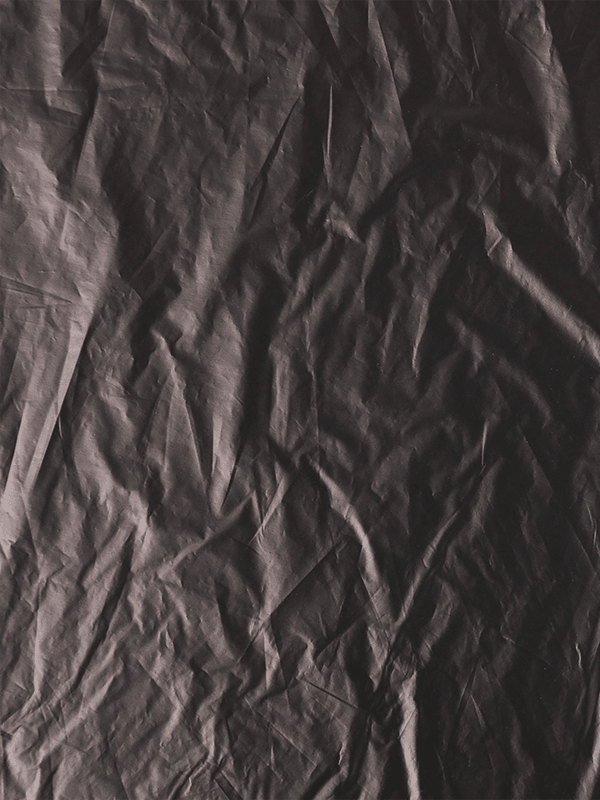Yes, umbrella cloth fabrics are designed to effectively block rain while also maintaining a balance in air circulation to prevent moisture buildup and mildew. However, the effectiveness of these features depends on the materials used and the design of the fabric.
Umbrella cloth fabrics are often treated with a waterproof coating, such as a polyurethane or silicone layer, which prevents water from penetrating the fabric. These coatings are designed to withstand rain and keep the inside of the umbrella dry.The fabric itself is usually made from materials like polyester or nylon, which have tightly woven fibers that help block water while maintaining the umbrella's lightweight properties. The tight weave helps prevent rain from seeping through the material.Many high-quality umbrellas also feature sealed seams, which prevent water from leaking through the stitching, ensuring better rain protection. This is especially important in umbrellas designed for heavy rain.
While umbrella fabrics are designed to block rain, they must also allow some level of air circulation to prevent moisture buildup inside the umbrella and to avoid mildew. Here’s how they manage this:
Some umbrella fabrics, particularly polyester and nylon, are inherently breathable. While they are waterproof on the exterior, these materials allow moisture to evaporate from the inside, reducing the likelihood of dampness accumulating under the fabric.Many modern umbrella designs include vented canopies. These are small, mesh or perforated sections integrated into the umbrella’s fabric that allow air to flow freely while still providing rain protection. The vents help release hot, humid air from beneath the umbrella, preventing condensation and minimizing moisture buildup.Some umbrella fabrics are designed with moisture-wicking properties, meaning they actively draw moisture away from the surface of the material and allow it to evaporate. This can help keep the umbrella’s surface dry and reduce the chances of mildew or dampness forming on the fabric.

Most umbrella fabrics are made from materials that dry quickly once they’re no longer exposed to rain. Quick-drying properties help prevent water from lingering on the fabric long enough to encourage mildew growth.Some umbrella manufacturers add anti-microbial or anti-fungal coatings to their fabric, which actively resist the growth of mildew and bacteria. These treatments are especially helpful in humid or damp environments where mildew can thrive.
While umbrella cloth fabrics are generally designed to balance water resistance and air circulation, certain conditions may still promote moisture buildup:
In extremely heavy rain or if the umbrella is left open for an extended period, water may accumulate beneath the canopy, increasing the risk of moisture retention. In such cases, the vents or breathable features may not be enough to prevent some level of dampness.It’s also important to properly store and dry the umbrella after use. If an umbrella is left damp in a closed or poorly ventilated space, mildew can still form, even if the fabric is designed to resist it.
Umbrella cloth fabrics are generally effective at blocking rain while allowing for sufficient internal air circulation to prevent moisture buildup and mildew. Breathable, quick-drying materials and ventilation features in the umbrella’s design help maintain this balance. However, proper care, such as drying the umbrella thoroughly after use, is still important to prevent any moisture-related issues over time.

 中文简体
中文简体











